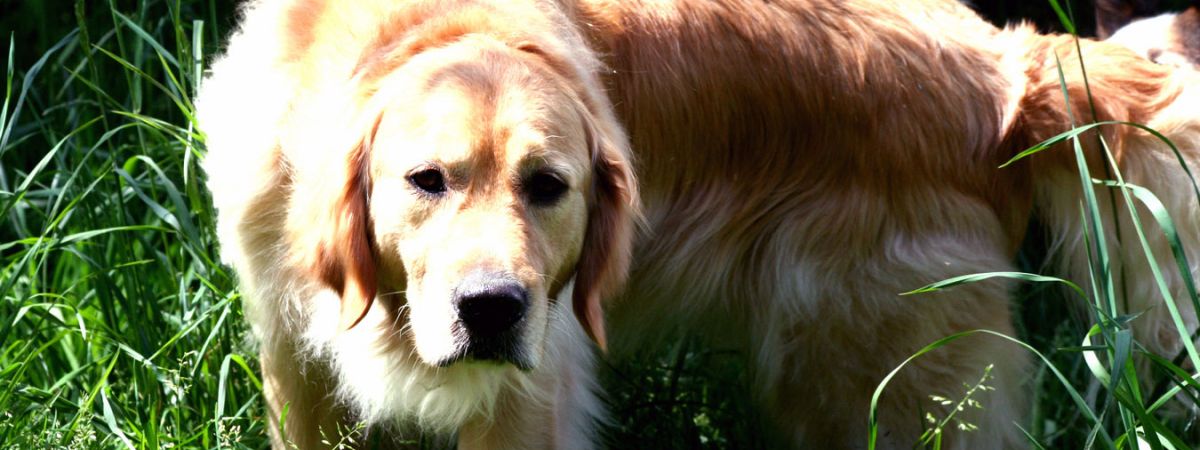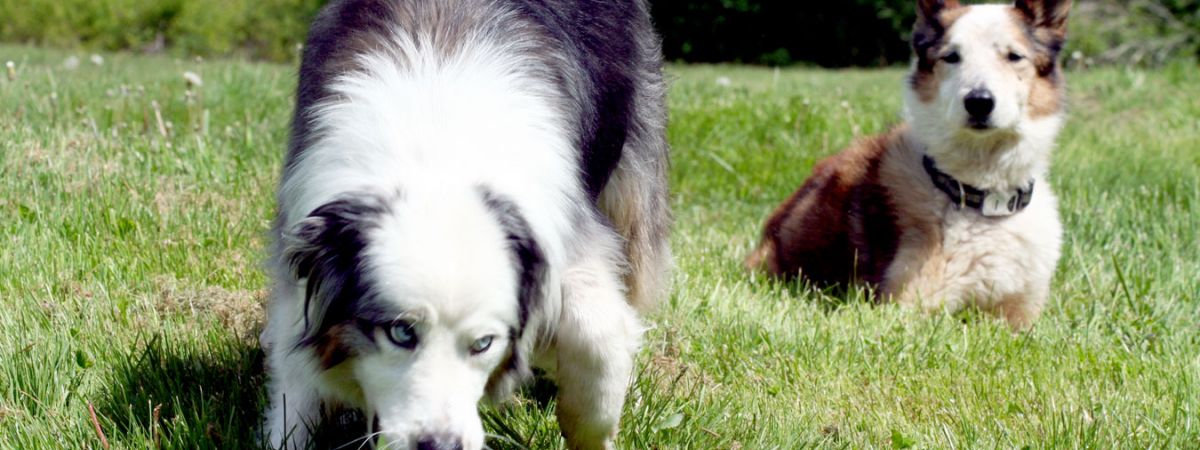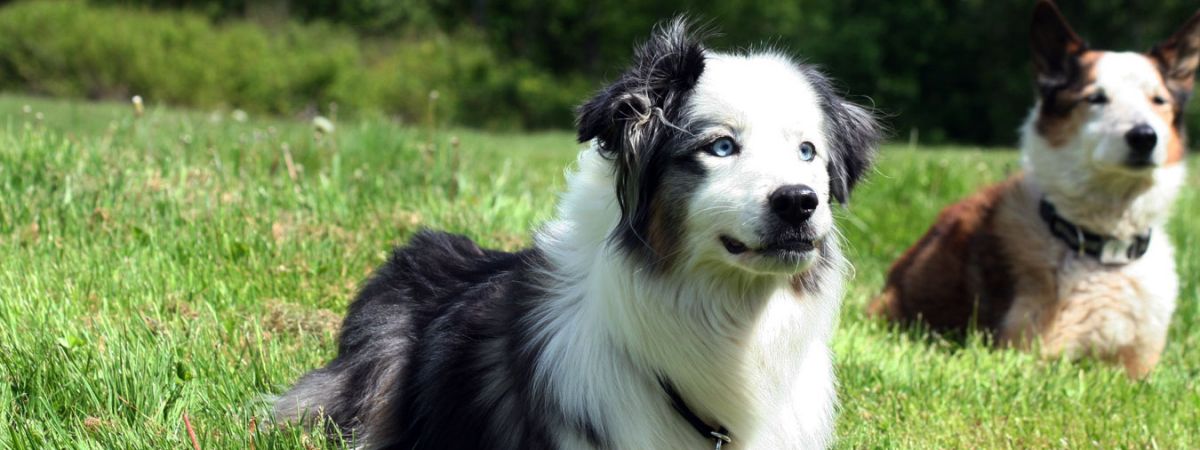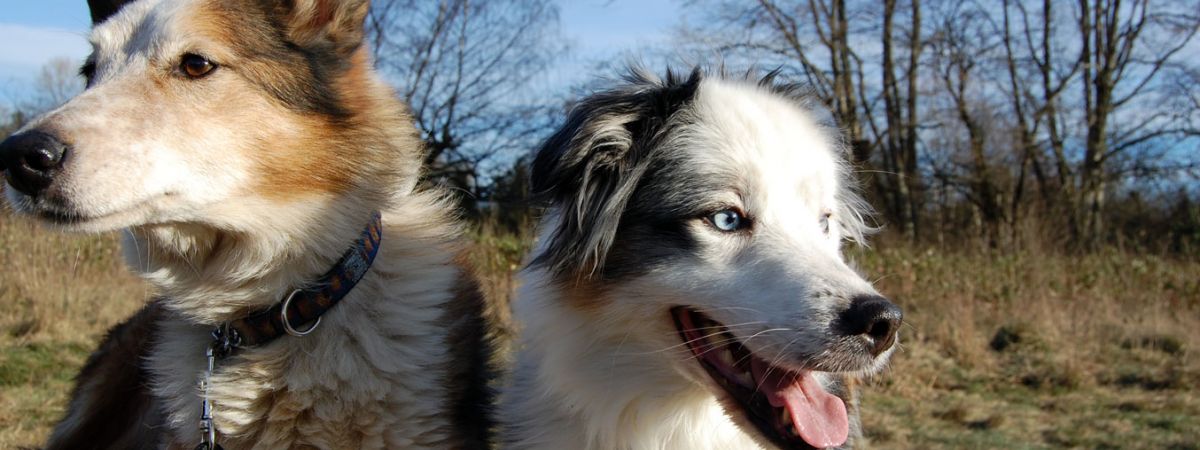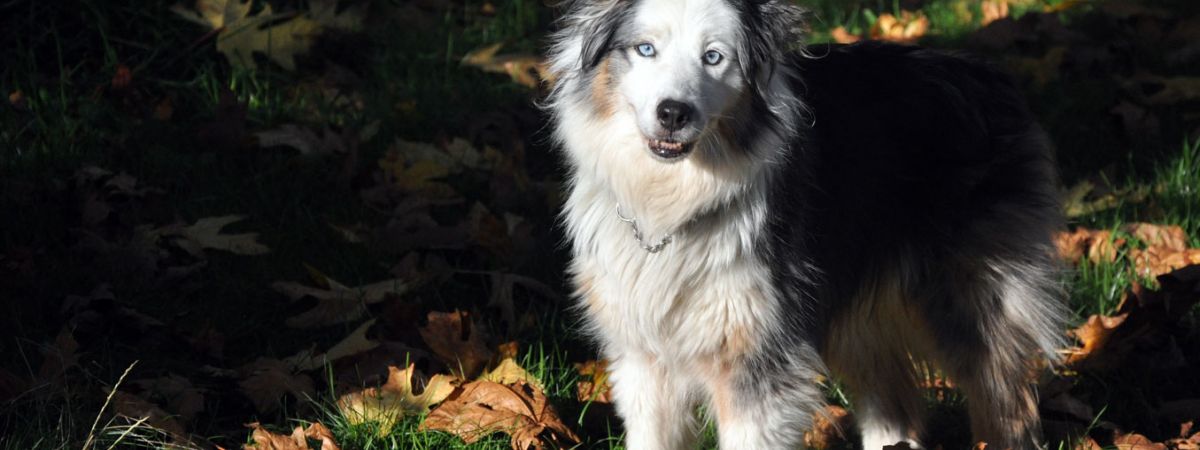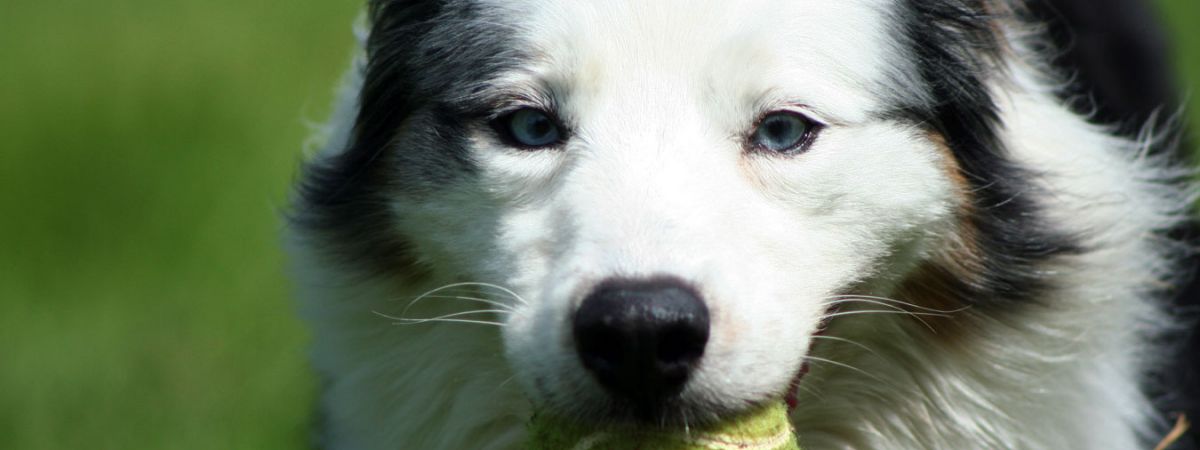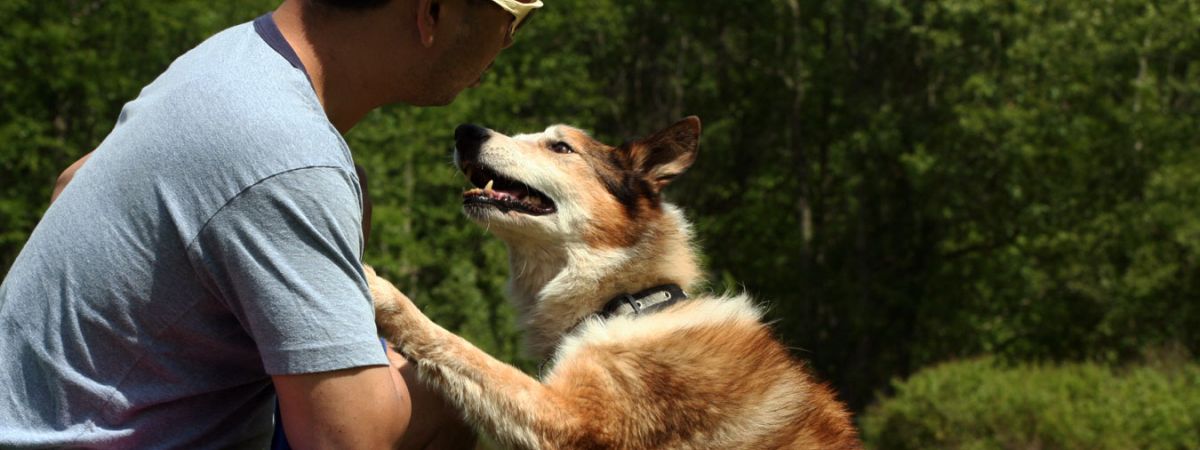Eye-Level Snack Stealing
How do you serve your appetizers when company visits? Do you put your cheese and crackers right on the coffee table, at dog eye level? Or is that something you would not do because it would be a free-for-all for your dog?
Sniffing, stealing or licking the edges of the platter are surely things we don’t want our dogs to do… especially when company is visiting. But rather than keep your appetizers on the tallest table possible, you can train your pooch to simply not snatch them!
Begin by practicing obedience commands with your dog or puppy on a regular basis. Basic commands such as the “sit,” “stay” and “down” are very helpful in building your dog’s self-discipline and learning to respect you and the rules of your home.
Next, it’s time to get creative. Get out a paper plate and a slice of cheese, and put it right on your coffee table. As soon as your dog shows any interest in the food, correct with a “no” and place into the “down/stay” position. You don’t have to wait until he physically has the food in his mouth or has knocked over the plate. You can redirect your dog or puppy as soon as you’re certain he’s thinking of taking it, such as when he’s staring or sniffing at it.
Be sure to praise your dog when he uses self-control and remains in the “down/stay” position.
Once your pet will no longer steal the food while you’re in the room, it’s time to start stepping away. After all, when company is visiting you likely won’t be able to stand watch over the coffee table the entire time. Practice stepping out of the room while still ensuring that your dog or puppy stays in the “down” position.
By working on this exercise way in advance, your pet will be much better mannered around food overall. You can also practice this exercise using other tempting foods such as tuna, chicken or other things that have a smell which dogs love.
A few other tips to help avoid snack stealing include not giving your dog “people food” in general so he won’t be expecting tidbits in the first place, and making sure you get him a nice new bone to busy himself with while company is visiting.
With a little forethought and training in advance, your dog can be a welcome part of your family gatherings!

